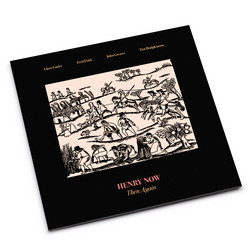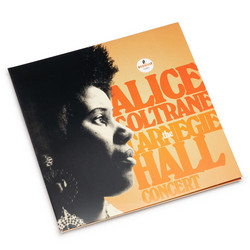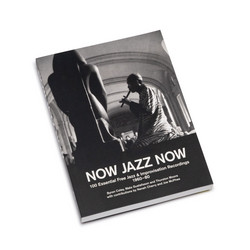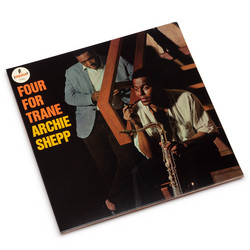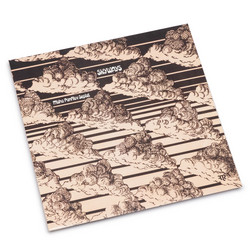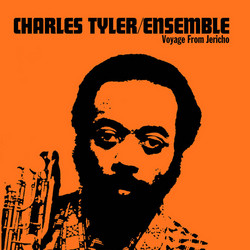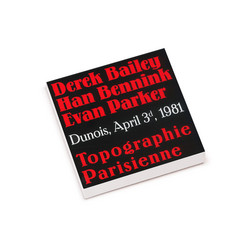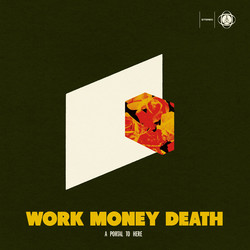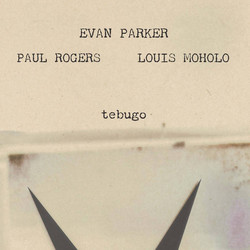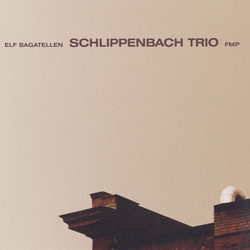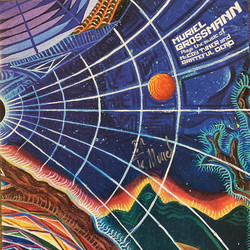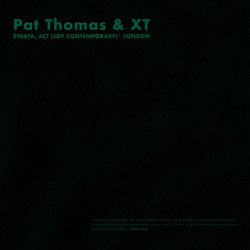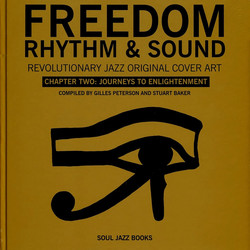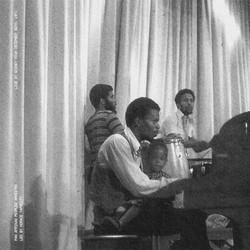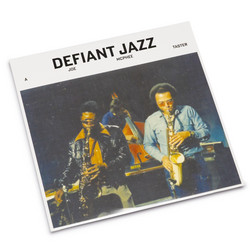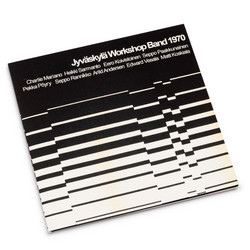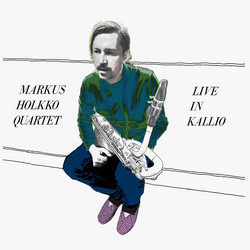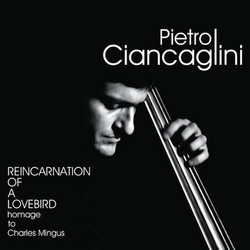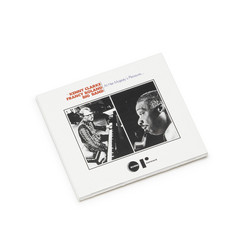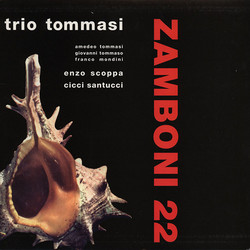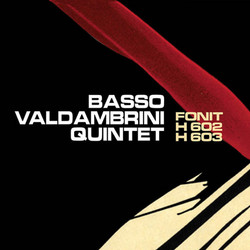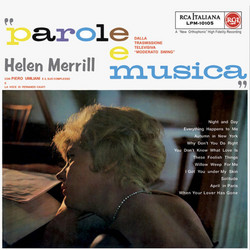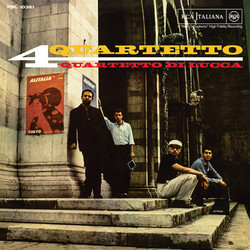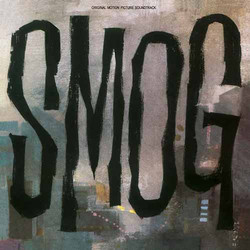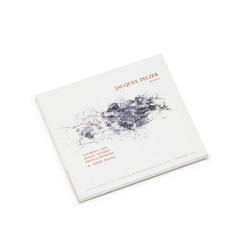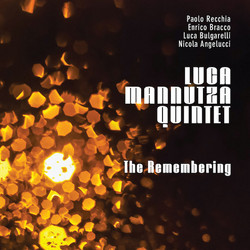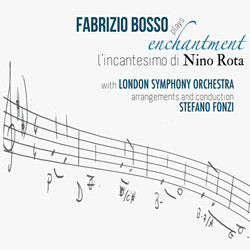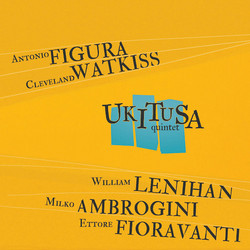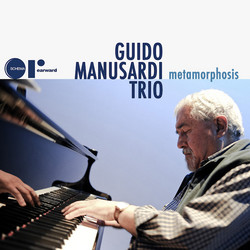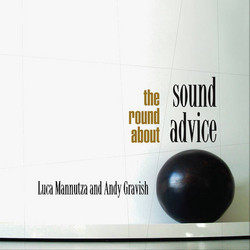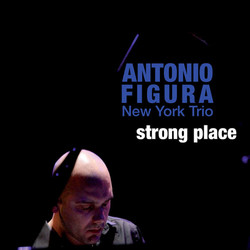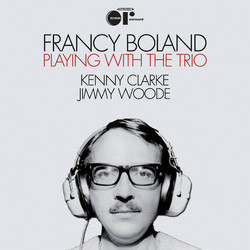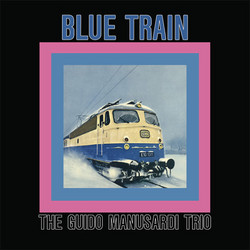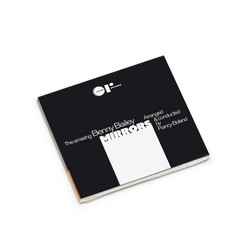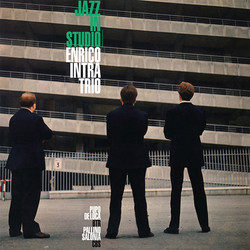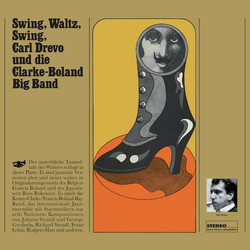*2022 stock* The opinion of jazz musicians concerning Charles Mingus’ compositions and his protean musical world is that for a long time they represented an area that should be avoided or, at most, dealt with care. Just a few years after his death, of which his thirtieth anniversary occurs this year, they started to look deeper into his repertory, except for a part of which had been proposed in the past (Goodbye Pork Pie Hat was the most largely used).
Just like Duke Ellington various projects were conceived around Mingus’ music, apart from those ones which, obviously, were officially proposed by the Mingus Big Band. This is due to the tendency of contemporary jazz to bring back the original composing heritage accrued over decades of jazz history.
Italy, which today is at the top of the international scene for the quality and quantity of its artists, in unquestionable periods distinguished itself also for this reason; with regards to this I would like to point out that back in the ‘80s a really fresh album was already dedicated to this great author, realized by a group of wind instruments only, put together by the saxophonist Roberto Ottaviano and named Six Mobiles. This interest in Mingus developed in the course of time in a meaningful way and recently it brought to the production of new works some of which are valuable, others are oversimplified and in the spirit of the Popular music. This is the demonstration of how much the comprehension of the central role of this Afro American composer and double bass player grew up in the history of jazz and music of the ‘900. This means that the advanced intuitions of his art were to anticipate some fundamentals of the contemporary jazz and, for this reason, are particularly close to the way of feeling and making music.
Pietro Ciancaglini’s proposal finds its striking collocation in the astonishing choice of dealing principally with the world that Mingus left behind which remained in the Italian double bass player’s mind. He is both the author of all the arrangements and of a couple of original pieces composed as a homage to the Master.
In fact there is no interest in presenting a philologically correct remaking of the originals, as in jazz this makes no-sense. Here instead we find the competence originating from the knowledge (which in this case is actually philological) of both the originals themselves and the memories they left in the mind of those who listened and made a deep reflection on them.
Together with four highly recognised musicians which belong to generations quite close to each other, Ciancaglini treats the Mingusian pages in detail and he filters them in order to make them part of a kind of poetry which does not suffocate his partners’ skills: we should not be surprised then if sometimes the main influence seems to originate from the most spiritual pages by the quintet of Coltrane.
The latter is indeed an artist close to the sensibility of each member of the quintet and in jazz in general, as nobody of course is just an “interpreter”, so music must follow with spontaneity the expressive features of its player. We can find this in Balarm, but also in a rare page of the ’70s: Canon, conceived with the procedure indicated by the name. This is also the case of the beautiful and surrounding atmosphere of Reincarnation Of A Lovebird, which is one of those compositions of the ’50s which consistis of the main corpus of the repertoire. Other pieces are examined in microscopic details, slackened and drained in order to embed their energy in a space which is purely internal. This happens in So Long Eric, written in 1964 as a goodbye to Eric Dolphy who was about to leave the band, and in the great and genial masterpiece titled Haitian Fight Song. But on the other side both in Moanin’ and in the homage to Morton, Jelly Roll, it seems like finding the will to leave untouched, as much as possible, the original moods. In Freedom, another page of political inspiration, it seems like listening to an arrangement by Wayne Shorter in a Latin key (another musician which is obviously present in the mind of Ciancaglini and his companions), while the descriptive Nostalgia In Times Square has a pseudo-funky tone. Finally, Homage is conceived on splashes of colours which from under the surface reflect the extraordinary timbre sense of the dedicatee. In the end, in this freshness and variety of moods stands the most authentic sense of the homage to a composer who, in the poetry of mutations, was one of the incomparable masters. - Maurizio Franco


